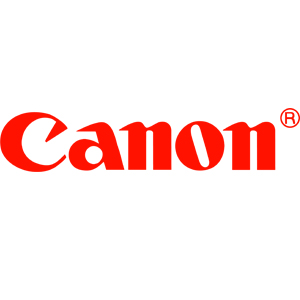Five Need-to-Know Trends in MPS
 With total worldwide managed print services (MPS) revenue reaching $18.9 billion in 2013, Photizo predicts that MPS will equate to 30 percent of office printing revenues by 2018. Although printed pages—the bellwether of the print industry’s health—continue to fall, the total number of managed pages remains on the rise.
With total worldwide managed print services (MPS) revenue reaching $18.9 billion in 2013, Photizo predicts that MPS will equate to 30 percent of office printing revenues by 2018. Although printed pages—the bellwether of the print industry’s health—continue to fall, the total number of managed pages remains on the rise.
Despite the downward pressure most industry players are feeling on revenues and profits in print, MPS has been one successful answer to drive all-so-important levels of customer retention in this annuity-driven industry. As we rounded out this year’s forecast, we saw a few key takeaways that we wanted to share with you.
1. Konica Minolta is Making Waves
While we are used to seeing Xerox, Ricoh, HP, Canon, and Lexmark holding leading MPS market shares year after year, Konica Minolta is proving to be a significant disruptor in the market. With its multi-pronged strategy to attack the market, we recommend you not discount Konica Minolta’s effectiveness in the market.
2. SMBs will Headline the Show
Everyone is saying it, but is anyone really listening? Small- and medium-sized businesses (SMB) will drive 60 percent of the revenue contribution for MPS by 2018 (and higher in mature markets). This means that channel partners will be heavily involved in market penetration and revenue generation. Players without a significant channel strategy will see increasing challenges in gaining ground—not to mention holding on to your own slice of the pie.
3. Micro-businesses on the MPS Menu
Did you think MPS was only for the big boys? Increasingly, we are seeing interest in the micro-business space (10-49 employees) in mature markets like the U.S., Western Europe, and Australia. Our latest Decision Maker Tracking Study confirms these customers are very active in pursuing managed print programs for their company. But channel may not be the primary route to these customers; we are seeing evidence of major players gearing up high-volume platforms that can sustain a lower-touch “management” model for customers in this segment. In effect, direct operations may be able to automate supplies shipments and device management more cost-effectively than the local partner can.
4. Don’t Stop There
Your account acquisition strategy must also be coupled with a focused account penetration strategy. Our market opportunity analysis indicates that full penetration and overall account control remains relatively low—even in enterprise engagements. This translates to untapped revenue sources and revenue flowing into a competitor’s coffers.
But it’s not all bad. Even in the face of shrinking usage and erosive pricing, MPS players are still creating accretive value for them and their customers. Through innovative packaging and sheer tenacity, MPS players continue to grow.
5. It’s a Land Grab
If page volume decline continues at its current rate, we’ll see worldwide office page volumes shrink at over 7 percent CAGR through 2018. Despite that negative trend, MPS providers are seeing the number of pages managed increase each year—continuing at a modest 2 percent CAGR through 2018. Given that we expect fewer devices and fewer pages printed per device through the forecast period, MPS providers stand in a unique position to realize increased control of their respective market—further shutting out competition. In short, it’s a land grab and the amount of land to grab is shrinking.
Successful players will heed these 5 lessons:
1.Don’t discount the smaller competitors;
2.Tune up your channel strategy;
3.Decide your strategy for micro-MPS accounts;
4.You are leaving untouched opportunities in your account base; and
5.Act now… Tomorrow may not be too late, but next year will be.
(Source: Photizo)






Leave a Comment
Want to join the discussion?Feel free to contribute!